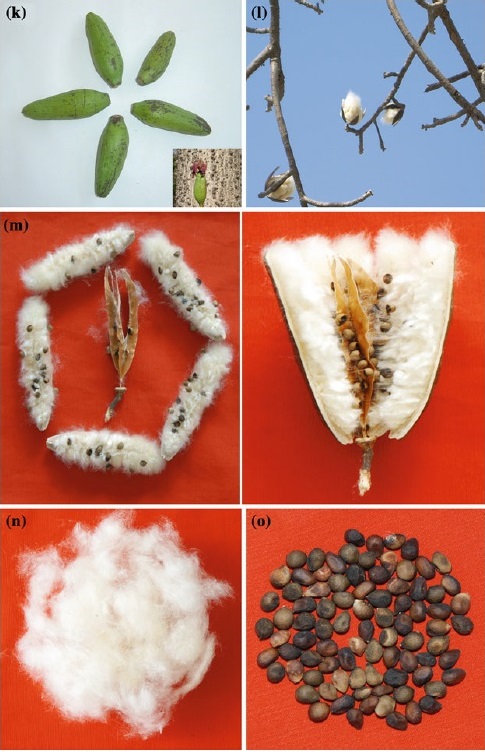
As I produce more video content across multiple platforms, I would like your feedback.
Please answer the questions in this thread.
Q 1: What do you prefer for longer videos (>140 seconds) on Twitter: multiple clips in a Twitter thread or YouTube link in one tweet?
1/n
Please answer the questions in this thread.
Q 1: What do you prefer for longer videos (>140 seconds) on Twitter: multiple clips in a Twitter thread or YouTube link in one tweet?
1/n
Q2: What langauge do you prefer for the videos? English, Hindi, or a mix of both English and Hindi?
2/n
2/n
Do you think the audio and video recording quality is satisfactory or not?
If not satisfactory, please give suggestions to improve.
3/n
If not satisfactory, please give suggestions to improve.
3/n
Do you know my YouTube channel? Have you subscribed to it?
Here is the link: youtube.com/c/NityānandaMi…
4/n
Here is the link: youtube.com/c/NityānandaMi…
4/n
That's all I had to ask.
Now for suggestions: please provide your suggestions on improving the videos and reaching a larger audience.
Thank you everyone for watching, commenting, sharing and supporting.
n/n
Now for suggestions: please provide your suggestions on improving the videos and reaching a larger audience.
Thank you everyone for watching, commenting, sharing and supporting.
n/n
• • •
Missing some Tweet in this thread? You can try to
force a refresh










